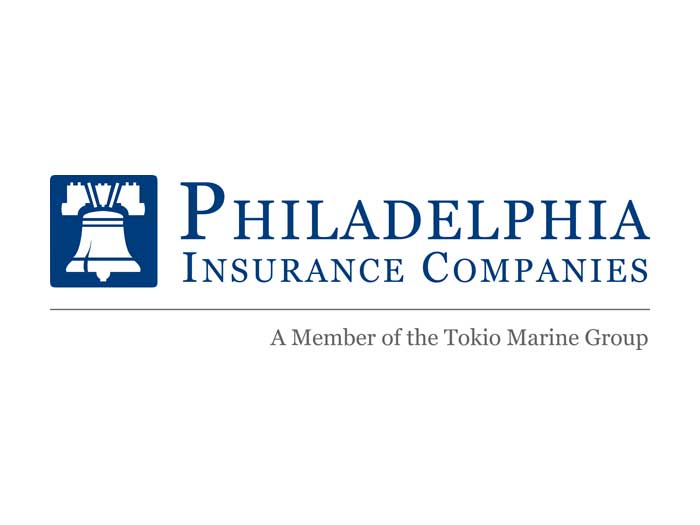Risk Insider: Paula Vene Smith
Dance With Your Risk
It feels like we’ve had this risk management meeting before. We go around the room and each person offers a progress report: We’re continuing to address the issue. It’s more complicated than we realized. Since our last meeting, we’ve done X, Y, and Z.
So why aren’t we making faster progress? Meanwhile the risk looms large. We all know it could materialize at any time—becoming no longer a hypothetical event on the horizon, but a real lawsuit, crisis, or catastrophe. And needless to say, we don’t feel prepared.
A ready solution exists—but it requires a disciplined commitment and, from the person running the meeting, strong leadership. Risk owners who report regularly with a litany of “things they’re doing about the risk” must challenge themselves with this question:
Are we dancing with the risk, or just dancing around it?
With this new focus, that lengthy report of well-intentioned actions immediately peels off into two categories. The harsh truth is revealed: Most things people “do about” their risk leave the risk totally unaffected.
Yes, it matters to understand the risk and to review options before proceeding. But too often, the concrete step of instituting risk treatment gets indefinitely postponed.
No risk was ever lowered by distributing surveys, interviewing stakeholders, or researching how it was handled elsewhere. In my book I named this phenomenon the “DCM loop”: gather data, invite consultants, meet to discuss their findings—and then decide we need more data. More consultant visits. More meetings. We are working on the risk! We just don’t ever get anywhere.
Yes, it matters to understand the risk and to review options before proceeding. But too often, the concrete step of instituting risk treatment gets indefinitely postponed.
What counts as risk treatment? Anything that alters the physical environment or human behavior in a way that can reasonably be expected to change the likelihood or impact of the risk event. Training programs, policies that clarify accountability, or requiring dual authorization for large financial transactions—such changes redirect people’s behavior. You can alter the environment by removing hazards, adding a ramp, issuing protective gear, or building in new access controls—electronic or physical. When a risk treatment is put in place, you have tangibly altered the risk.
“Since our last meeting, what measures have you put in place that can reasonably be expected to lower the likelihood or soften the impact of the risk event?” When this question is posed, there may be some hedging: It’s too soon, we don’t understand the context well enough, we want to make sure we do the right thing. But is there a partial or preliminary action you can take now? Like posting some signs or adding a module to the employee orientation program? How soon can you institute the first measure that will make a difference?
It takes leadership and mental discipline for risk managers to perceive and act on this distinction. But everyone in the room will notice how the mood changes when one of them can report on taking that big step from dancing around the risk to dancing directly with it.










